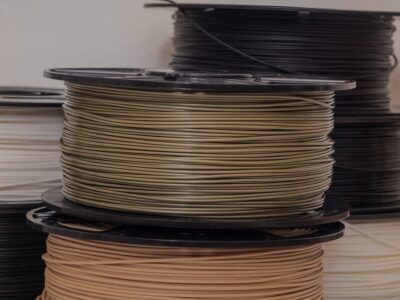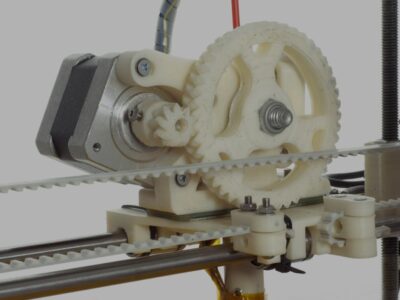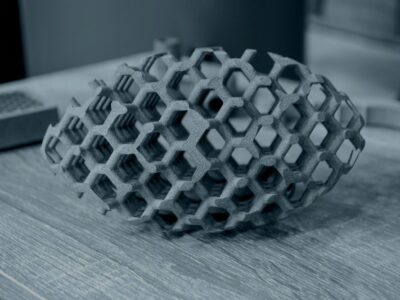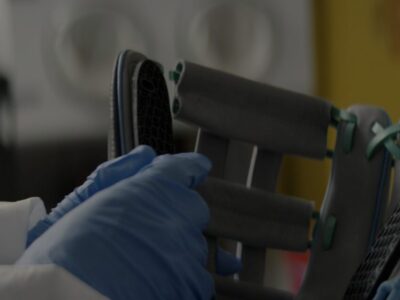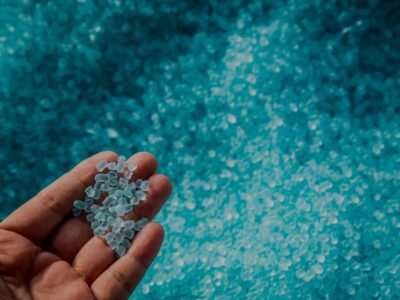Previously published on fastradius.com on November 22, 2021
Fused deposition modeling (FDM), a common form of 3D printing that offers low cost per part, short lead times, and the ability to create larger parts than most other additive technologies. Ideal for creating prototypes, final products, and anything in between, FDM uses a heated nozzle to extrude thermoplastic filaments and build components layer by layer.
FDM is compatible with a wide range of filaments, so finding the perfect one for your needs can be overwhelming. Learning about each material’s advantages, disadvantages, properties, and common applications is an essential step in determining which material to use. Is acrylonitrile styrene acrylate (ASA) right for your next project? Here’s everything you need to know about ASA plastic material.
What is Acrylonitrile Styrene Acrylate?
ASA was originally developed as an alternative to acrylonitrile butadiene styrene (ABS). Both materials have similar mechanical properties and structures, but ASA is formulated by introducing a grafted acrylic ester elastomer (in the form of a powder) during the copolymerization of acrylonitrile and styrene. Formulating ABS, on the other hand, requires butadiene rubber. ASA also lacks double bonds, which makes this material more resistant to weathering, heat, chemicals, and UV radiation.
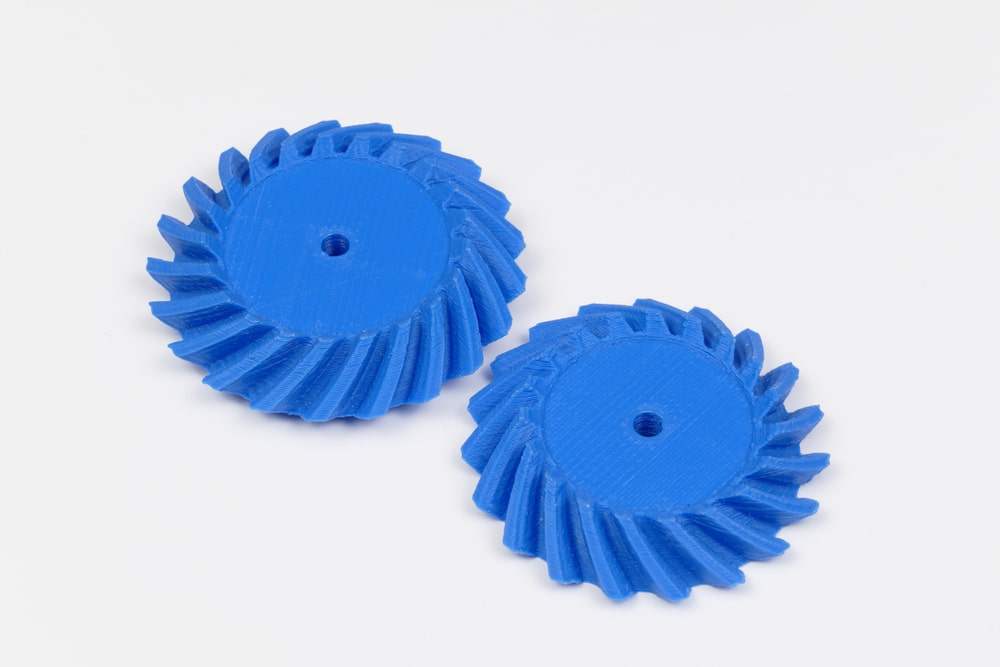
Since ASA comes in the form of resin, filament, films, or sheets, it can be used for a wide variety of manufacturing processes like 3D printing, thermoforming, injection molding, structural foam molding, and extrusion blow molding. You can also coextrude ASA filament alongside other polymers. In this case, only the ASA layer would be exposed to high temperatures and weathering.
Acrylonitrile Styrene Acrylate Properties and Mechanical Specifications
ASA plastic is a tough and strong material known for its high impact, wear, and UV resistance. ASA can also withstand extremely high and low temperatures as well as several chemicals like saturated hydrocarbons, aqueous salt solutions, weak acids and alkalis, and many oils. Parts built using ASA have nice glossy surfaces and will retain their color, gloss, and mechanical properties when exposed to outdoor environments. When it comes to post-processing, ASA is well suited for many techniques, such as sanding, painting, milling, drilling, gluing, or cutting. You can also quickly smooth layer lines on ASA parts with acetone.
Some of ASA’s mechanical properties include:
- Tensile strength, yield: 4750 psi
- Tensile strength at break: 4630 psi
- Flexural modulus: 287 ksi
- Compressive yield strength: 10900 psi
- Compressive modulus: 297 ksi
If you’re considering using ASA for your next 3D-printing project, keep in mind that ASA readily absorbs water from the air and is susceptible to certain concentrated acids, esters, ethers, ketones, and chlorinated hydrocarbons.
Popular Applications for ASA
Given its resistance to impact, chemicals, weather, and UV light, ASA plastic material is often used in outdoor applications like commercial siding; electrical housings; outdoor furniture; and sports, lawn, and garden equipment. Manufacturers in the automotive industry use ASA in everything from car exterior panels to side-view mirror housings due to its strength and durability. For similar reasons, many product teams use ASA when creating jigs, fixtures, and other manufacturing aids.
Why Choose ASA?
Choosing the best material for your project is challenging — especially when it comes to ASA vs. ABS. After all, ASA was created as an alternative to ABS, so they have similar chemical makeups and result in similarly sturdy components.
However, there are a few reasons you might choose ASA over ABS. If you’re creating a part for outdoor use, ASA is the better option. While ABS parts become brittle when continually exposed to sunlight, ASA won’t. Also, ASA plastic is more durable and more resistant to impact, chemicals, weather, and environmental stress cracking than ABS. For similar reasons, ASA also stands out when compared to polycarbonate and polyethylene terephthalate glycol (PETG).
Getting Started With ASA
ASA is a durable and versatile material compatible with a wide variety of manufacturing processes, but how can you be sure that it’s the right choice for your part? Product teams must do their research to understand which materials are best suited for their needs, but they don’t have to do it alone. Getting some help from a trusted manufacturing partner can simplify and accelerate the material selection process.
When you partner with SyBridge, we’ll use our extensive experience working with a wide breadth of materials to help you select an appropriate material for your component. We’ll also guide you through the rest of the manufacturing process, from design to production. Ready to discover what’s possible and start your next project? Contact us today.
